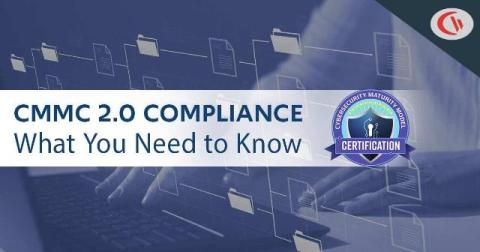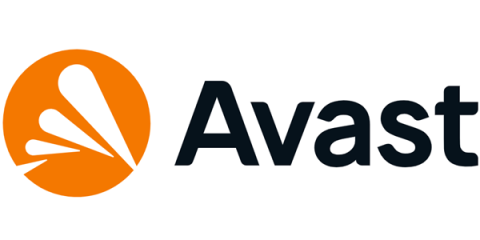Chicago API Security Summit 2024
Earlier this week we had the pleasure of hosting a regional API Security Summit in Chicago (well, actually in Lombard). These summits bring together the local cybersecurity community for half-day of API Security-focused content, including expert speakers and panelists. While this isn’t the first time we’ve organized an event like this, it was memorable for the quality of content and participants.











